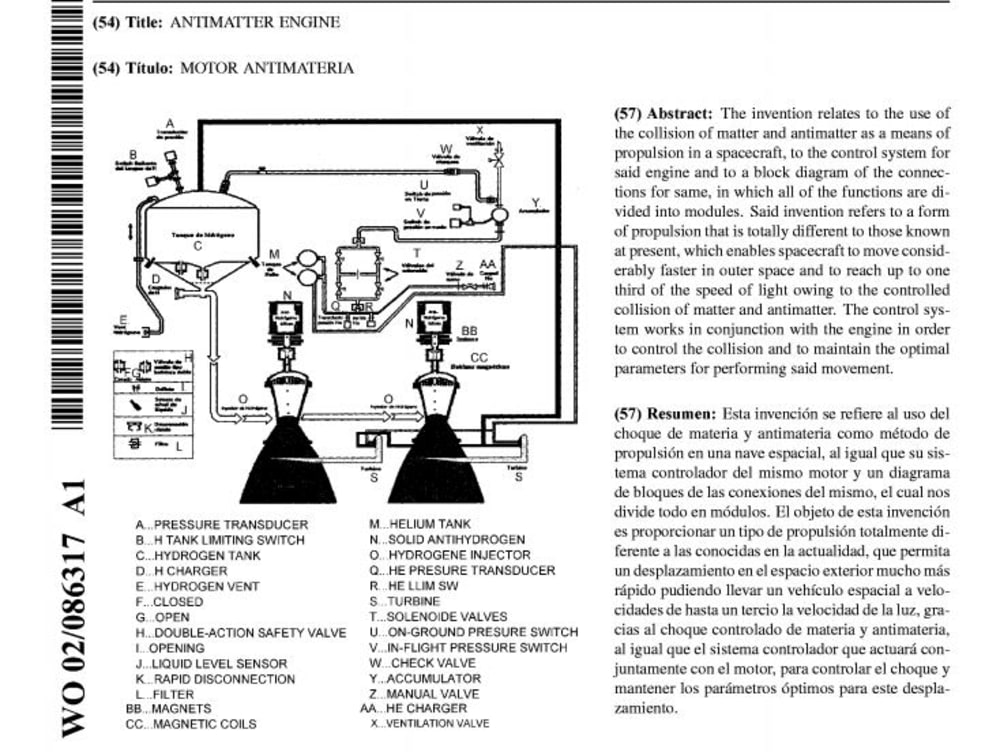Using chemical propulsion (actual rockets) are not a viable solution. Just to send a crew of six people to Mars we need at least 9150 oxygen tanks, 1180 gallons of water, 280 full grocery shopping carts.
For each 100 tons of cargo that we want to put in orbit we need 85,000 tons of rockets. In other words, to assembly a ship to travel to Mars we need 3350 rockets using chemical propulsion.
Also because rockets are not so fast, we need to use a "transfer orbit" and calculate exactly when Mars will be there for arrival, that means a 3 year round trip. If we failed we need to wait another 2 years, the risks are huge.
Using antimatter engine and magnetic levitation makes possible to travel to Mars and further, I explain it in two parts.
PART 1, Space Launch vehicle using magnetic levitation
The present invention relates to a space launch vehicle used for launching spacecraft. Said vehicle uses a magnetic levitation system in order to reduce friction since the vehicle floats above rails, like a bullet train. The system uses magnetic coils to propel the vehicle and to move same away from the quiescent point thereof. The aim of the invention is to facilitate the launch of a spacecraft, the time at which most fuel is required, so that the spacecraft is subsequently propelled by its own means, such as rockets. This method saves a large amount of fuel, which adds weight to the vehicle. When the system of the invention is used, this weight can be used for payload. The design has the additional advantage of being reusable, as well as being modular in order to adapt to various types of spacecraft, with 25-meter-long modules. Furthermore, the rocket or craft is launched at an angle of 57 degrees, dispensing with the need to change the angle of the craft from 90 to 57 degrees, as is currently the case, thus also saving fuel.
Part 2, Antimatter propulsion
The invention relates to the use of the collision of matter and antimatter as a means of propulsion in a spacecraft, to the control system for said engine and to a block diagram of the connections for same, in which all of the functions are divided into modules. Said invention refers to a form of propulsion that is totally different to those known at present, which enables spacecraft to move considerably faster in outer space and to reach up to one third of the speed of light owing to the controlled collision of matter and antimatter. The control system works in conjunction with the engine in order to control the collision and to maintain the optimal parameters for performing said movement.
When antimatter enter in contact with regular matter it creates a gigantic blast of energy that could be controlled with the device mentioned here.
Like this entry?
-
About the Entrant
- Name:Fernando De La Pena Llaca
- Type of entry:individual
- Patent status:patented





